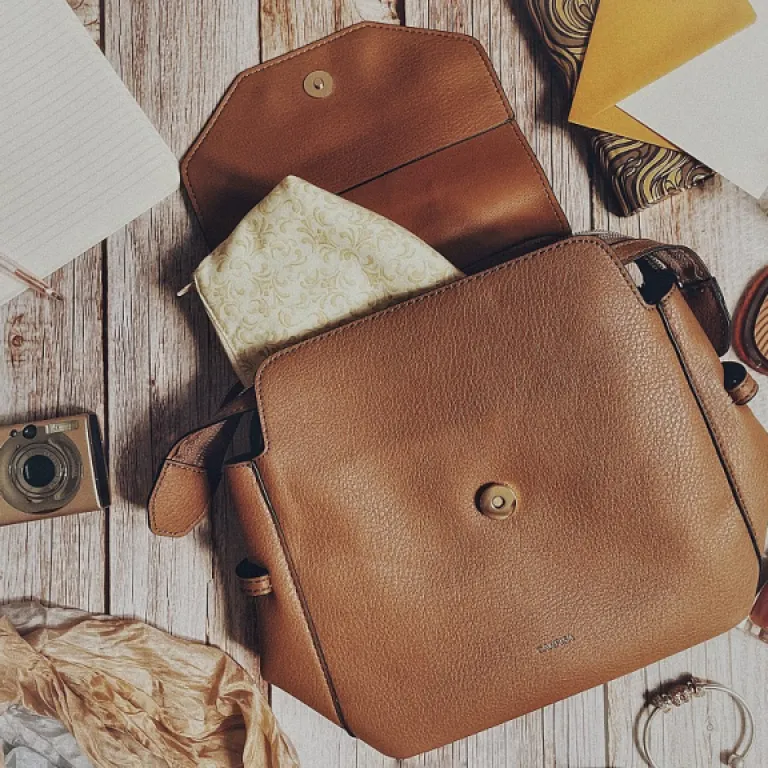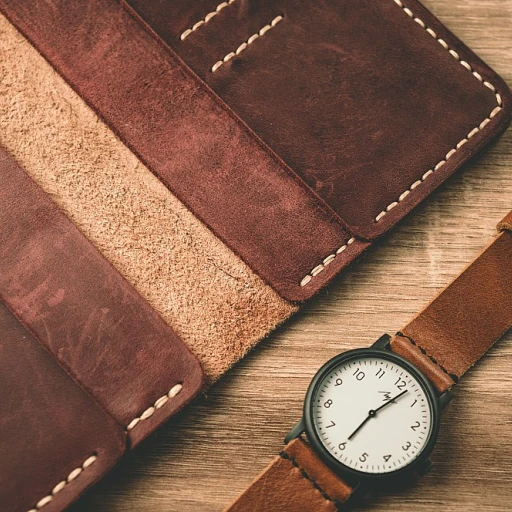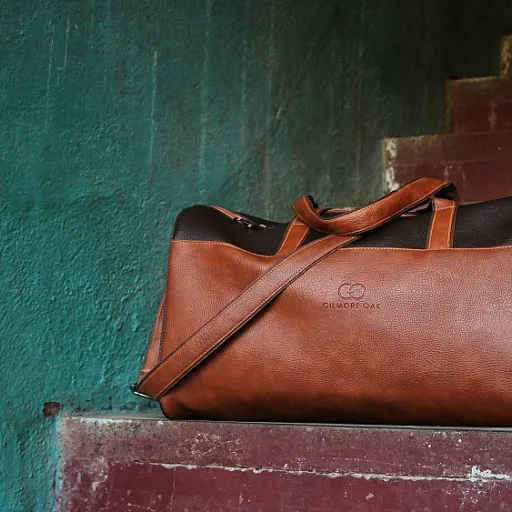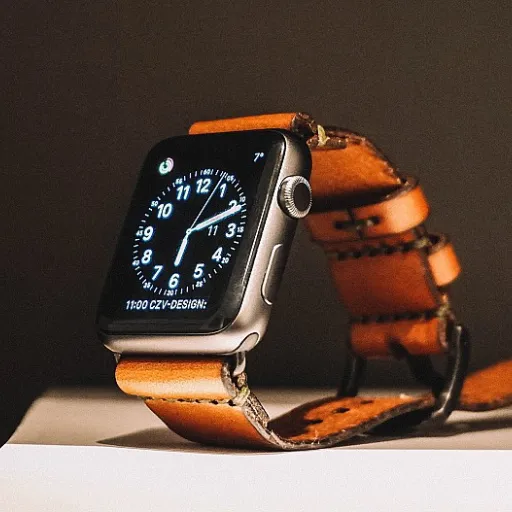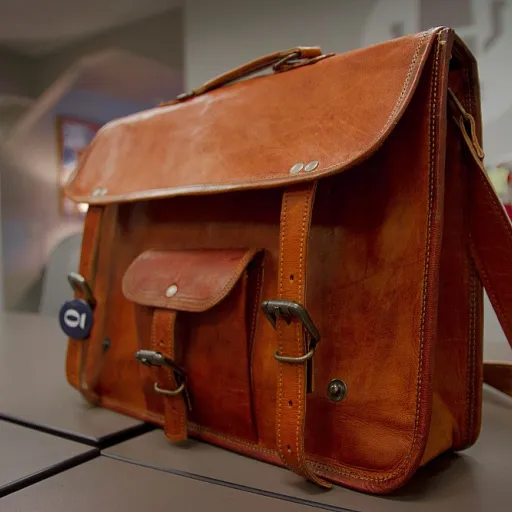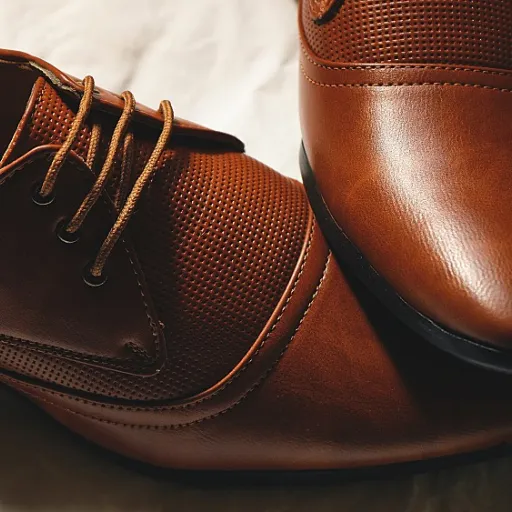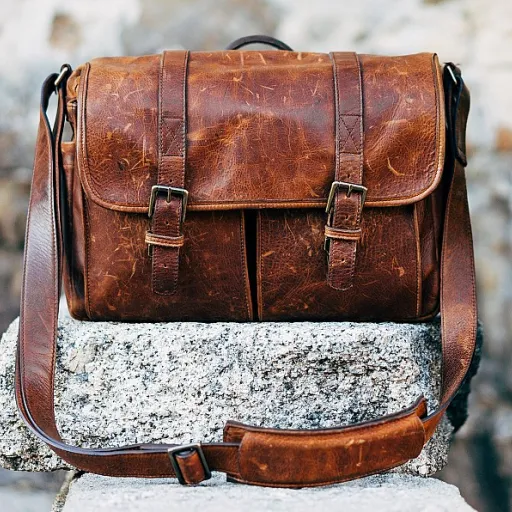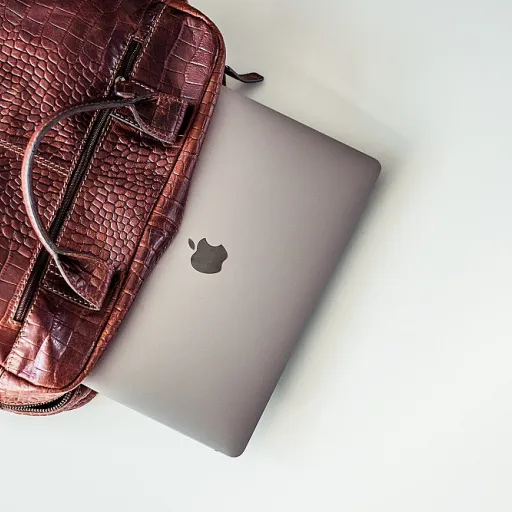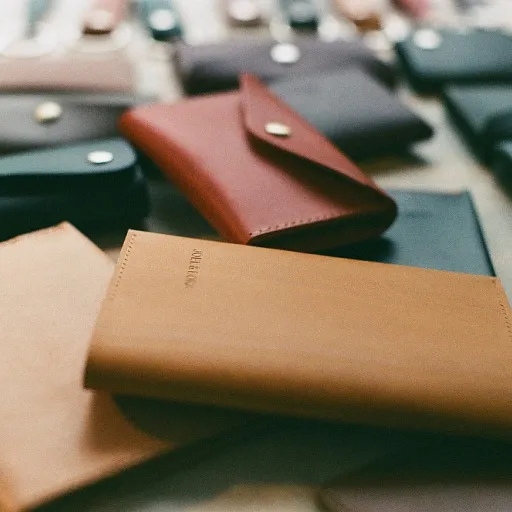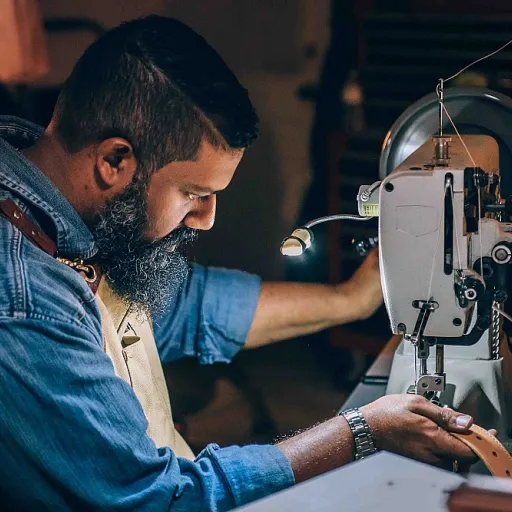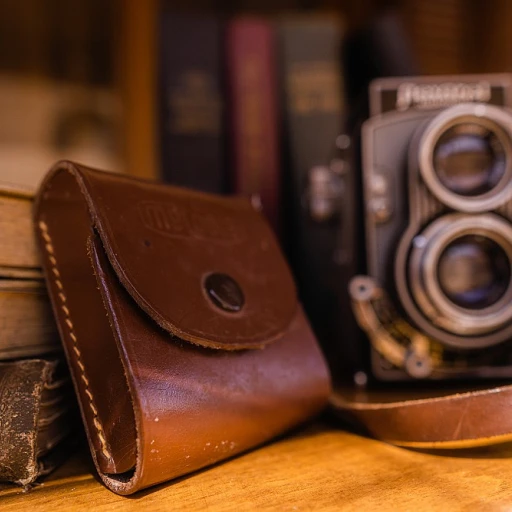
Understanding the Importance of a Leather Bag Template
Craftsmanship's Secret: The Leather Bag Template's Role
In the realm of leather craft, a well-crafted template is the cornerstone of creating timeless pieces like leather bags. It provides artisans with a precise blueprint to follow, ensuring that each cut and stitch aligns perfectly to achieve a consistent design. Not only do templates streamline the crafting process, but they also enhance the overall quality and finish of the leather bag.
Before you venture into the complexities of crafting, it's crucial to appreciate how these templates elevate your work:
- Blueprint for Precision: A good template offers a roadmap, translating your design vision into practical steps, from cutting to assembly.
- Material Optimization: Utilizing a template helps minimize waste. By planning each piece's layout, you ensure efficient use of pricey leather materials.
- Repeatability and Consistency: Templates ensure that every bag, be it a saddle bag or tote, maintains uniformity, crucial for both bespoke and regular sale lines.
- Customization Infrastructure: Starting with a solid template allows room for adding unique features without compromising the bag's structural integrity.
From basic paper patterns to durable acrylic templates, choosing the right template can influence your leather bag's final appearance and functionality. While paper templates are accessible and easy to alter, acrylic templates provide durability and precision essential for bag patterns that will be frequently replicated.
For those looking to elevate their artistry with a professional touch, incorporating advanced templates into your design process can make a significant difference. Explore how a refined template can enhance your work further by learning more about premium leather crafting techniques.
Choosing the Right Materials for Your Leather Bag
Material Selection: The Foundation of Quality
Choosing the right materials is crucial in crafting a leather bag that stands the test of time. The selection process involves more than just picking a type of leather; it requires an understanding of how different materials will interact with your bag pattern and the details you wish to incorporate.
Types of Leather: Finding the Perfect Fit
When considering leather for your project, think about the original look and feel you want to achieve. Full-grain leather is often preferred for its durability and natural appearance, while top-grain leather offers a more polished finish. For those interested in a more regular price option, bonded leather can be a cost-effective choice, though it may not offer the same longevity.
Beyond Leather: Complementary Materials
While leather is the star of the show, don't overlook the importance of complementary materials. Acrylic templates are invaluable for ensuring precision in your patterns, while a scratch awl can help in marking out paper patterns before cutting. Consider using high-quality thread and hardware to enhance the overall aesthetic and functionality of your bag.
Balancing Cost and Quality
It's essential to balance cost with quality when selecting materials. While premium leather and accessories may come with a higher unit price, they often provide better durability and a more luxurious feel. Look for free shipping options or sale events to make the most of your budget without compromising on quality.
For more insights on selecting the right materials for your leather bag, explore our detailed guide on the elegance of leather saddle bags.
The Art of Template Design in Leather Crafting
The Craft of Shaping Timeless Designs
Designing a leather bag that stands out in style, while reflecting your personality, relies heavily on precise template designs. Crafting intricate and detailed patterns transforms a simple canvas into a masterpiece of luxury. Many artisans begin their creative journey with paper patterns, evolving them to a full refresh with acrylic templates to guarantee accuracy and durability. When sketching out your handbag pattern, an understanding of the bag's original concept is essential. Whether it's a saddle bag or a classic tote, every design requires a unique pattern that complements its function and look. Creating these bag patterns means paying close attention to each detail, ensuring every unit seamlessly aligns from concept to creation. With a solid template in hand, leather crafters utilize tools like scratch awls to transfer paper outline details onto the leather surface. This step marks the beginning of materializing the pattern leather from an imaginative view into tangible luxury. From regular price units to one-of-a-kind designs offered with price unit variations, the artistry that goes into this process sets each leather bag apart. In the world of leather craft, there's often a skip content approach to mass production techniques, in favor of tailoring each item into a masterpiece. By honing the skills of meticulous cutting and assembling, the fine points of template construction assure both durability and aesthetic appeal. For more on the intricacies of leather crafting artistry, you might find the insights on the artistry behind tooled leather handbags particularly enlightening. This comprehensive understanding of the elegance and complexity in leather design will equip you with the knowledge to create accessories that not only meet the demands of regular sale patterns but also stand as timeless symbols of luxury.Techniques for Cutting and Assembling Leather Bags
The Craft of Assembling Leather Bags
When it comes to creating high-quality leather bags, the techniques you employ in cutting and assembling are pivotal. A well-crafted leather bag not only captures the eyes of potential buyers with its aesthetic appeal but also stands the test of time. Whether you're making a classic tote or a unique saddle bag, the process begins with precise cuts following your carefully designed template.
To ensure consistency, acrylic templates are invaluable tools. They offer durability and precision, letting you replicate intricate patterns with ease. Acrylic units provide a solid base from which you can craft multiple bags, conserving the integrity of your designs across various pieces. Furthermore, opt for a paper pattern to sketch your initial ideas before transferring them onto more durable materials. Handbag patterns or paper patterns can be invaluable during this design stage, allowing for easy modifications and adjustments.
Once your patterns are set, it's time to cut the leather. Using a high-quality scratch awl ensures accurate marking of your pattern on the leather. Pay attention to the details; these small elements, often overlooked, can distinguish an original creation from the ones available at a regular price.
The assembly phase requires precision and patience. Follow instructions meticulously to ensure every stitch aligns with your pattern leather. Working in sections, stitching units together will help maintain control over the final structure, making adjustments where necessary. Keep in mind the final view of your bag as you assemble, ensuring that each piece aligns and complements the overall design.
Ultimately, the techniques employed in cutting and assembling define the nature of your finished product. Whether it's a full bag or custom pieces made available for sale, the skill with which these techniques are applied will ensure a high-quality finish, worthy of premium pricing. Investing time in mastering these techniques not only leads to an elevated product but also speaks to the artisanal value behind each piece.
Customizing Your Leather Bag with Unique Features
Adding Unique Touches to Your Leather Handbag
When it comes to creating an original leather bag, customization is key. This process not only allows you to infuse your personal style but also ensures the bag represents your unique tastes. With bespoke details, your bag is more than just an accessory; it becomes a statement piece.
To customize effectively, start with the materials you have chosen. For instance, consider integrating an acrylic template to experiment with different patterns. This template can guide you in cutting intricate shapes or unique elements to enhance the overall design of your leather bag.
- Create Unique Patterns: Use various patterns like a handbag pattern or a saddle bag pattern to add distinctive flair. Transition from a regular to an original design by experimenting with full leather pieces or detailed sections made with pattern leather.
- Addon Extras: Enhance your creation by adding decorative elements, such as a leather tassel or an engraved logo. The process can be straightforward using a scratch awl to outline your designs, providing further individuality and elegance.
- Functional Features: Consider adding pockets or hidden sections based on your daily needs. Use a paper pattern for a full layout before cutting into the leather, ensuring precision in your template.
It's essential to note that the unique aspects you integrate should not compromise the bag's quality or longevity. Regular maintenance, as discussed previously, alongside consideration of the price and practical usage, remains paramount. Each element serves as a unique selling point, enhancing the bag's value during a sale or within shipping orders.
By carefully planning and adding customized features, your leather bag will stand out in any collection—be it a tote or a saddle bag. The original design and personal touches ensure your creation is not just another unit but a cherished piece that represents your style and craftsmanship journey.
Maintaining Quality and Longevity in Leather Bags
Ensuring Durability and Aesthetic Appeal
Maintaining the quality and longevity of your leather bag is not just about preserving its beauty, but also its value. After investing time and effort into crafting a bag with the perfect leather bag template, it's crucial to ensure it ages gracefully. Here are some key considerations:
- Regular Care Routine: Establish a regular cleaning and conditioning schedule. Leather needs to breathe, and conditioning helps maintain its suppleness and sheen. Regular care prevents it from drying out or developing cracks.
- Units of Maintenance Products: Invest in quality care products, which often come in units for convenience. A kit usually includes a cleanser, conditioner, and protective spray to cater for the full care spectrum.
- Identifying the Perfect Match: Use acrylic templates to replicate any bag pattern. It's wise to understand your original pattern fully to ensure consistent quality during repairs or replacements.
- Customization Revamp: Leather offers wonderful opportunities for customization. Regularly refreshing elements such as straps or closures can provide a full refresh, giving your handbag pattern or tote bag an updated look while preserving the pattern regular.
- Scratch Prevention: Use tools like a scratch awl to carefully address minor imperfections that may happen over time, ensuring they don't escalate into larger issues.
- Storage and Display: Proper storage is vital. When not in use, store your leather bags in dust bags and avoid exposing them to direct sunlight which can fade the colors or affect the pattern leather.
Remember, maintaining your leather bag not only extends its life but also supports its sales value. You want to keep it as close to its regular price as possible, should you ever consider letting it go. Implementing these meticulous care steps ensures your crafted leather item remains a timeless companion, retaining its original price unit value and aesthetic appeal throughout the years.
